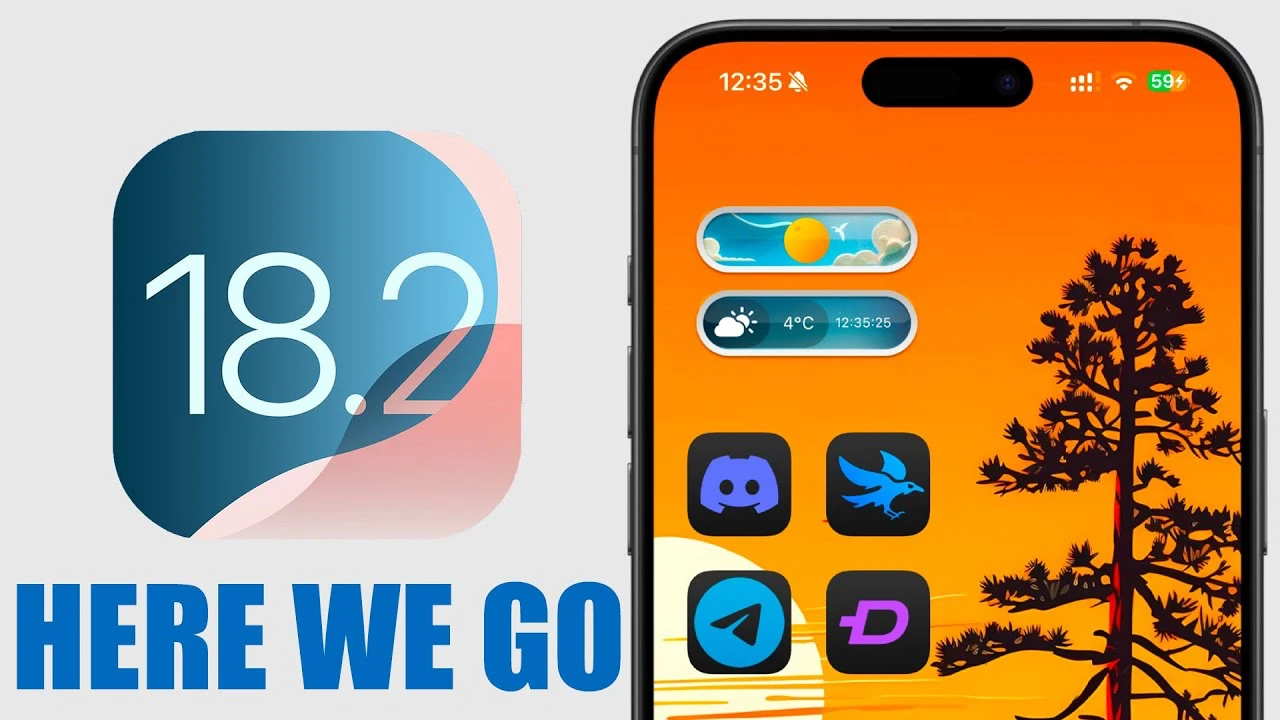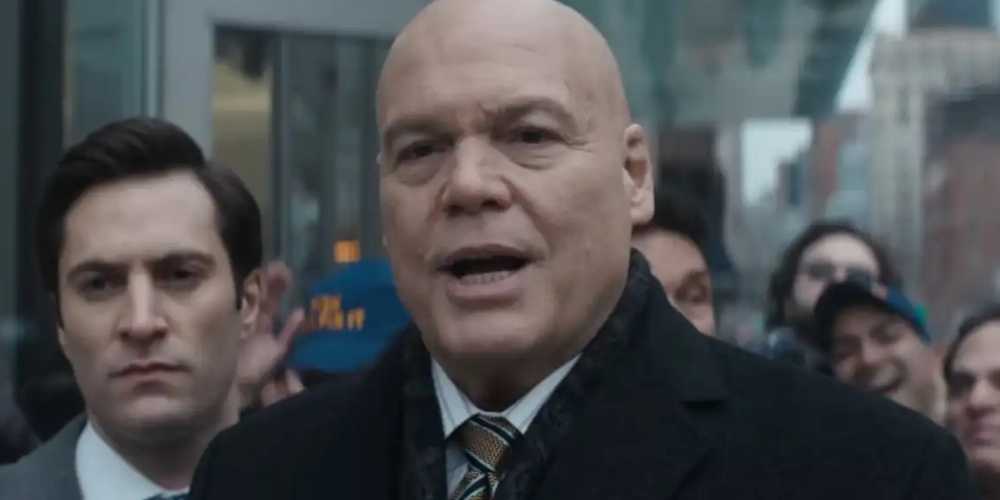Dadab, Kenya – In the Dadaab refugee camp in Kenya, refugees imprisoned in the purgatory of indefinite displacement will find a powerful taboo of salvation in the form of football, which offers aspiring young athletes a route out of long periods of drug and depression – e, num case, for an unexpected job opportunity.
Located on the arid eastern side of Kenya, near the border with Somalia, Dadaab is one of the two largest refugee camps in the world.
It was established by the United Nations in 1991 to accommodate the massive influx of refugees fleeing the civil war in Somalia. Dadaab paper é o lar close 380,000 registered refugees Asylum seekers, more than two judges under the age of 18. Embora el Campo Ten was raised as a temporary solution, with many of its residents living inside their plastic tents and wooden cabins.
The camp's refugees, who have been shot by war, suffer several times. Depression, Post-Traumatic Stress Disorder (PTSD), and AnxietyAs a result of facing an uncertain future with few opportunities in this field.
Most devastating of all is what some refugee teenagers are doing. commit suicideAmidst the extremely bleak conditions, it is not uncommon for Dadaab residents to turn For drugs And drug abuse to deal with despair.
That's when football came along.
Without access to regular mental health services, the many football matches played in stadiums become a crucial form of alternative therapy, according to Ahmed Bile Abdi, a former Somali football star and advocate for the fight against drug abuse, not the stadium.
“There has been a decrease in drug abuse among the country’s youth due to regular football tournaments,” Abdi said.
Recent scientific data supports the effectiveness of this approach: a Study 2023 In Australia we found that physical activity is 1.5 times more effective at controlling depression than counselling or medication.
“Football is one of the main ways” the camp uses to attack its young residents with drugs and other weapons that we normally attack the refugee population, said Abdullahi Mohammed Bunu, a coach at Dagahaley refugee camp, one of the three that make up Dadaab.
The centre of football culture in the stadium are the adult and child tournaments held in three pitches that comprise the large refugee complex.
on Afternoon of the tournamentThousands of spectators gather around the clay courts to watch the young players lift the puera under the scorching sun.
The lack of play equipment means that children often jump barefoot and change their shirts when they are replaced because there are few shirts available at all times. Just one field, two over 100 square metres, with real seats on either side.
Whether equipped or not, the animated games transform the often gloomy camp into a festive atmosphere. Players are surprised when they receive the coveted championship trophy and spectators are deeply involved in the outcome of the two matches.
Some football tournaments mark important events such as World Refugee Day and are sponsored by groups such as Médicos Sem Fronteiras (Doctors Without Borders, or MSF).
The camp has yet to produce a world-famous footballer who has seen some Olympic athletes. Since the Refugee Olympic Team launched the Rio de Janeiro Games in 2016, Dadaab has seen several athletics competitors, including James Nyang Chiengjiek, Angelina Nadayi Lohalith and Rose Nathike Lokonyen, all three refugees who fled the south.

“Vito M Dagahali”
One of Dadaab's biggest football stars is Paul Bakyonye Nyeth, a 26-year-old South Sudanese refugee who lost his home in civil war and was displaced in 2013.
He is famous – he does not embody his skills in this field. Neath’s popularity stems from his thriving local football manufacturing business, which he sends around the country in addition to his own production.
Nith started his business two years ago, after receiving training from the Norwegian Refugee Council, which provides rural people with vocational education in areas such as tailoring, electricity and textile manufacturing.
He sells soccer balls for 2,000 zillions (US$15), close to the US$30 imported balls the stadium had to buy previously. His office is a modest shop made of graves, where he sews each ball himself.
“If you make a mistake while sewing, you have to repeat everything. So sometimes it can take three days to complete a ball. To add a local touch, print the phrase ‘Made in Dagahaley’ or the name of the camp where you live and work. To meet demand, Nieth often hires other refugees from the camp to work with him.
“I do nothing but work,” he said. “I also want to inspire young people and promote peace.”


Seja is eligible for an incentive, or a price reduction on Nyieth soccer balls, which is a huge success.
Football time on the pitch is seen as a major victory, as each player usually has to contribute to buying a ball for the time, a heavy grocery bill for the refugees, most of whom are unemployed.
Their clients also include humanitarian organisations working in Dadaab. You should appreciate that your local footballs now account for about 30% of the days kicked in Dadaab.
“We bought the ball from him last December. If we don’t get there, our time is definitely down,” said Mahmoud Aden Hassan, a two-time football camp captain.
It is worth noting that Neith has managed to keep his football production line running, despite not being able to leave the stadium and get the raw materials, which are part of Strict security measures We need special permits, which are rarely granted, to enter and exit Dadaab.
“This could have been made without freedom of movement, but it is not possible because of the camp policy,” says Neith, who receives the materials from Nairobi.
Thus, Neith's ambition to succeed as an entrepreneur goes far beyond the borders of the refugee presence: “I work for a large and expanding company that manufactures sports materials in our field of work.”
With life in Dadaab camp continuing to be the only long-term option for many, it seems that sport may be the only way out – not just a temporary respite from the refugees’ myriad mental health issues, but perhaps a way out of the camp for the lucky few who can do it.
This article was published in collaboration with Positive.



